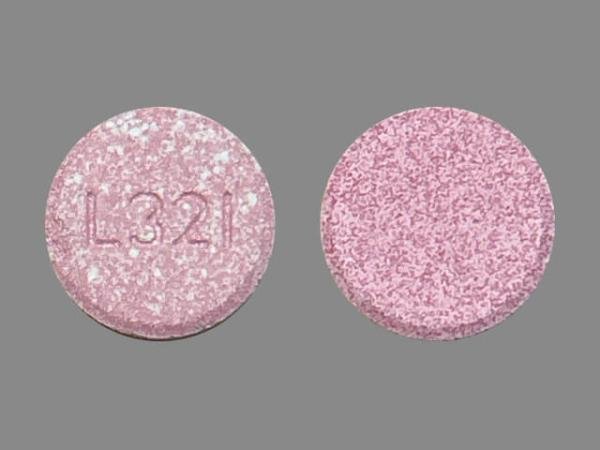Dual Action Complete Interactions
There are 529 drugs known to interact with Dual Action Complete (calcium carbonate/famotidine/magnesium hydroxide), along with 10 disease interactions, and 2 alcohol/food interactions. Of the total drug interactions, 22 are major, 424 are moderate, and 83 are minor.
- View all 529 medications that may interact with Dual Action Complete
- View Dual Action Complete alcohol/food interactions (2)
- View Dual Action Complete disease interactions (10)
Most frequently checked interactions
View interaction reports for Dual Action Complete (calcium carbonate / famotidine / magnesium hydroxide) and the medicines listed below.
- acetaminophen
- acetaminophen / hydrocodone
- Acid Reducer-Famotidine (famotidine)
- amlodipine
- amoxicillin
- amoxicillin / clavulanate
- amphetamine / dextroamphetamine
- Asmanex HFA (mometasone)
- aspirin
- Aspirin Low Strength (aspirin)
- atorvastatin
- Bayer Aspirin Regimen (aspirin)
- benztropine
- Brilinta (ticagrelor)
- budesonide / formoterol
- bupropion
- buspirone
- chlorhexidine topical
- clopidogrel
- Depakote ER (divalproex sodium)
- doxycycline
- Dulera (formoterol / mometasone)
- duloxetine
- Dymista (azelastine / fluticasone nasal)
- esomeprazole
- famotidine
- FazaClo (clozapine)
- isosorbide mononitrate
- prednisone
- Qvar RediHaler (beclomethasone)
Dual Action Complete alcohol/food interactions
There are 2 alcohol/food interactions with Dual Action Complete (calcium carbonate / famotidine / magnesium hydroxide).
Dual Action Complete disease interactions
There are 10 disease interactions with Dual Action Complete (calcium carbonate / famotidine / magnesium hydroxide) which include:
- phosphate calcifications
- cardiac contraction/conduction
- malabsorption
- renal dysfunction
- sarcoidosis
- GI bleeding
- inflammatory bowel disease
- intestinal obstruction disorders
- renal dysfunction
- renal dysfunction
More about Dual Action Complete (calcium carbonate / famotidine / magnesium hydroxide)
- Dual Action Complete consumer information
- Compare alternatives
- Pricing & coupons
- Drug images
- Latest FDA alerts (1)
- Side effects
- Dosage information
- During pregnancy
- Drug class: H2 antagonists
- En español
Related treatment guides
Drug Interaction Classification
| Highly clinically significant. Avoid combinations; the risk of the interaction outweighs the benefit. | |
| Moderately clinically significant. Usually avoid combinations; use it only under special circumstances. | |
| Minimally clinically significant. Minimize risk; assess risk and consider an alternative drug, take steps to circumvent the interaction risk and/or institute a monitoring plan. | |
| No interaction information available. |
See also:
Further information
Always consult your healthcare provider to ensure the information displayed on this page applies to your personal circumstances.


